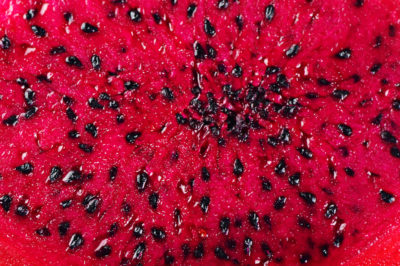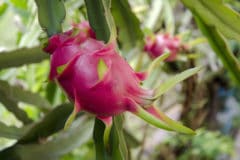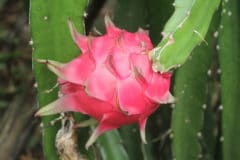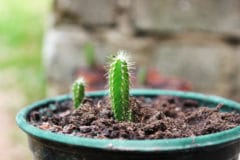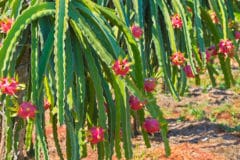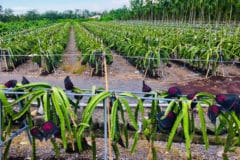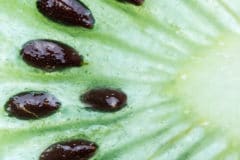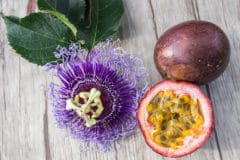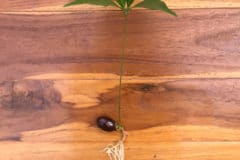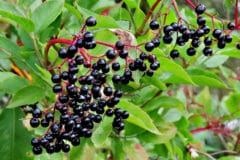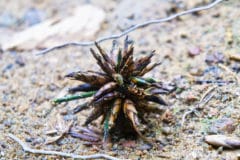About Dragon Fruit
The exotic dragon fruit is usually a bright pink or yellow egg-shaped fruit with blunt spines. The interior is similar to a thick gel and can be pink or white. Tiny black seeds are scattered throughout the fruit pulp. Seeds are edible and most people simply scoop out the fruit and slice or place in a blender in order to eat the fruit.
Growing Dragon Fruit
As its origins might suggest, dragon fruit prefers warm climates. It does best in dry areas that provide tropical or sub-tropical conditions of the sort found in USDA Zones 10 and 11. In marginal areas, some people grow the plant in containers and move it indoors during the colder seasons. The plant will not tolerate frost for more than short periods.
Collecting Dragon Fruit Seeds
Cut a store-bought or home-grown dragon fruit in half. Scoop the pulp out of the dragon fruit. The seeds are very small, so it’s best to place the fruit pulp in a fine strainer. Use the tip of a finger to push the pulp around under running water to help dislodge the seeds. The seeds are fragile, so they should be handled carefully.
Germinating Dragon Fruit Seeds
Germination rates of dragon seeds can be quite variable. To improve your chances:
- Use fresh rather than dried seeds.Plant no more than ½ inch deep in moist, sterile potting soil.
- Place pots in bright, indirect light.
- Keep soil warm – a consistent 70 to 80°F (21 to 29°C) is best.
- Water by misting when soil is dry to touch.
Growing On
Although germination rates vary, most fresh seeds will sprout within one to two weeks – four weeks at the outside. Continue to keep warm in indirect light – protect from bright sun. Once the plants are three to four inches tall, you can transplant to larger, individual pots. Use potting soil with the addition of coarse sand or a commercial cactus mix. Water sparingly to prevent rot.
Mature Plants
In the wild, dragon fruit plants can reach a length of 15 to 20 feet. In your garden, they need a good trellis or arbor to support the weight of the vines and fruit. They don’t twine, but must be tied to the trellis. They will typically bloom around April of the second spring and fruit matures around 50 days after bloom.
